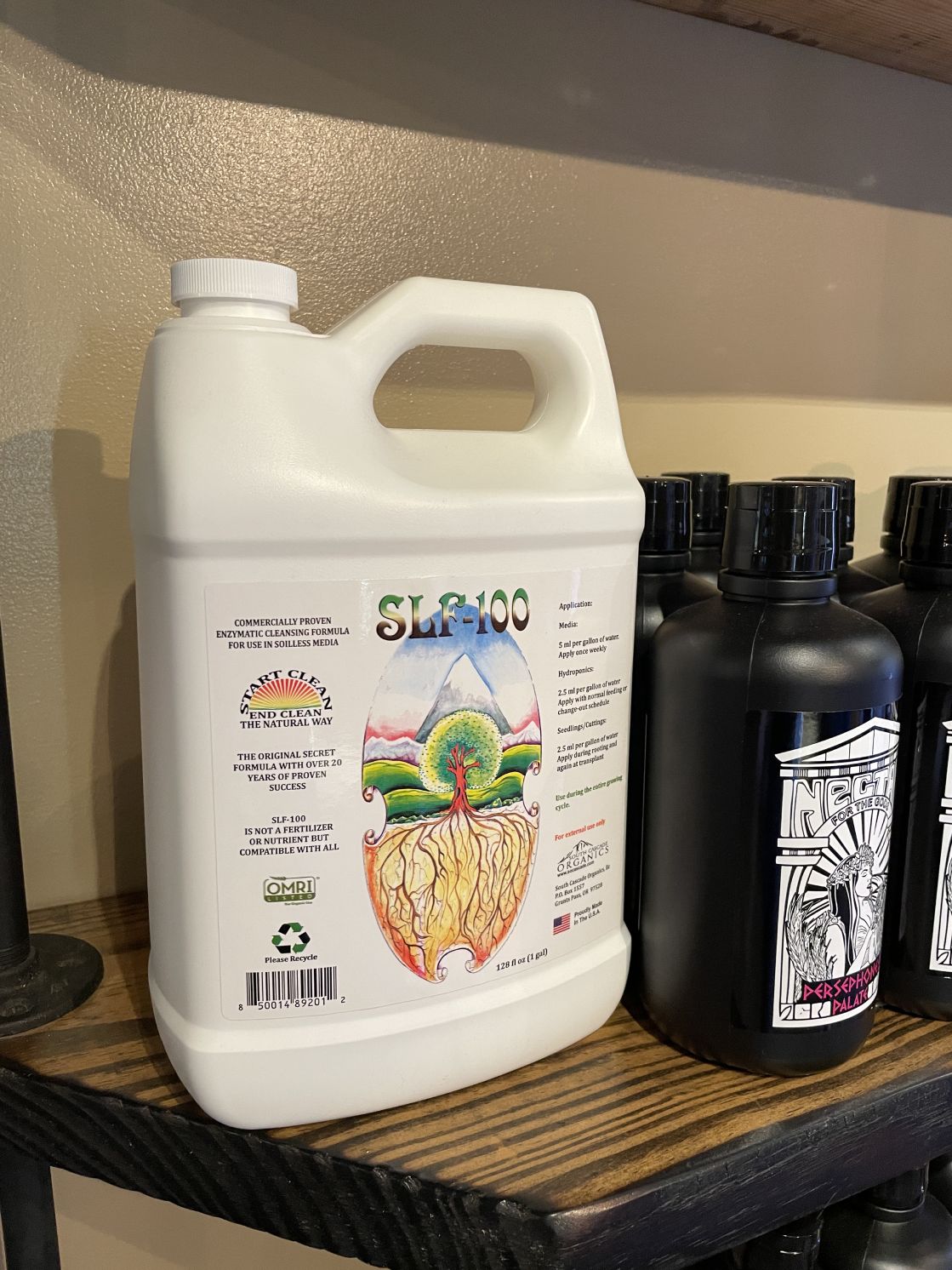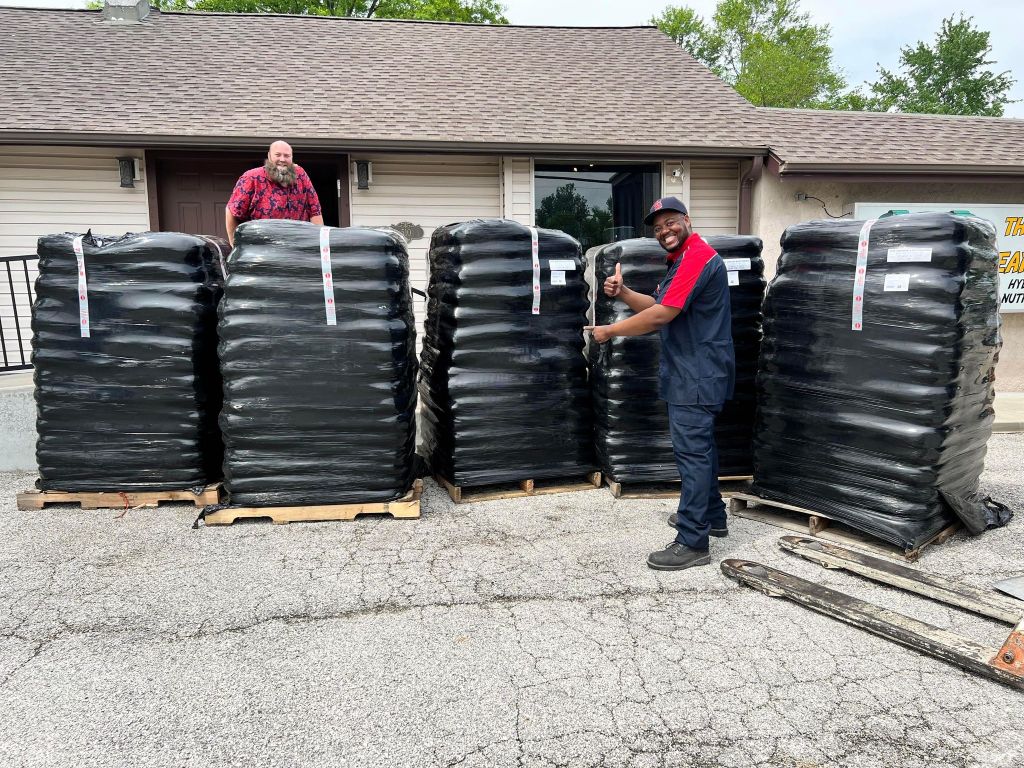Opening the Potential of Hydroponics: Recognizing Its Uses and Different Kinds
Hydroponics, a technique of cultivating plants without soil, has actually amassed increasing focus for its potential to change farming and gardening methods. The precision control over nutrient shipment, water usage, and environmental aspects offers a look into a future where food production can be optimized in various settings. As we browse via the detailed landscape of hydroponic systems and strategies, it ends up being obvious that each method holds unique benefits and limitations. By deciphering the varied usages and kinds of hydroponics, we can uncover a globe of opportunities that might reshape how we visualize sustainable farming and gardening methods.
Benefits of Hydroponic Systems

One more advantage of hydroponic systems is the ability to grow plants in a smaller room. Hydroponic systems decrease the threat of soil-borne diseases and parasites, as there is no dirt to harbor these threats.
Common Utilizes in Farming

Provided the effective water conservation and space-saving advantages of hydroponic systems, it is obvious that these innovative farming techniques have found common uses in numerous industries of agriculture. The regulated setting of hydroponic systems makes it possible for year-round growing, giving a constant supply of fresh produce regardless of outside climate conditions.
Hydroponics is frequently used for expanding a selection of plants, consisting of leafed greens, tomatoes, cucumbers, strawberries, natural herbs, and peppers. Additionally, hydroponic systems are made use of in research study and educational settings to examine plant cultivation, development, and nutrition methods.
Exploring Different Hydroponic Methods
Hydroponic systems provide a variety of techniques that cater to different plant kinds and farming goals. In addition, the Ebb and Flow system, likewise known as the Flood and Drain system, intermittently floods the plant roots with nutrient option, permitting for oxygenation during draining pipes periods. Each of these methods showcases the convenience and effectiveness of hydroponic systems in boosting crop growth and return.
Comparing Numerous Hydroponic Equipments
Checking out the effectiveness and return enhancement techniques in hydroponics leads us to contrast different hydroponic systems readily available for crop growing. Each hydroponic system has its special functions, advantages, and limitations, making it essential for cultivators to choose one of the most appropriate system based on their particular demands and restraints.
Among one of the most typical hydroponic systems is the nutrient film technique (NFT), where a slim movie of nutrient remedy continuously flows over the plant origins. This system is prized for its water effectiveness and suitability for expanding leafed eco-friendlies and herbs. In contrast, the deep water society (DWC) system immerses check plant roots directly into the nutrient option, supplying sufficient oxygen and nutrients. The DWC system is fairly straightforward and economical, making it a preferred choice for newbies.
One more prominent hydroponic system is the ebb and flow (or flooding and drainpipe) system, which periodically floodings the plant roots with nutrient remedy prior to draining it. This cyclic procedure ensures proper oygenation for the roots while providing nutrients effectively. Furthermore, the aeroponic system puts on hold plant origins airborne and mists them with a nutrient solution, promoting fast growth and go to website high oxygenation degrees. Cultivators looking for a functional system that decreases water usage usually choose for aeroponics. By comprehending the differences between these hydroponic systems, growers can make enlightened decisions to make the most of crop return and high quality.
Technologies in Hydroponic Modern Technology
One essential technology is the development of clever hydroponic systems that use sensing units and automation to monitor and change ecological conditions such as pH degrees, nutrient concentrations, and light direct exposure in real-time. These systems enable accurate control over expanding conditions, leading to optimum plant development and greater crop yields.
An additional notable innovation is the combination of upright farming methods with hydroponic systems, permitting the growing of crops in stacked layers. This upright technique maximizes space use, making it ideal for metropolitan atmospheres where land availability is restricted - The Indoor Earthworm. In addition, the usage of innovative LED lighting systems tailored to particular plant needs has boosted power effectiveness and improved growth prices in hydroponic setups
Technologies like these are driving the evolution of hydroponics, making it a extremely attractive and sustainable option for modern farming.
Final Thought
To conclude, hydroponics provides various advantages in agriculture and has different methods and systems that can be used to optimize its possibility. Developments in hydroponic technology continue to enhance performance and sustainability in food production. By recognizing the usages and different sorts of hydroponic systems, growers and farmers can open the complete potential of this cutting-edge method of expanding plants without dirt.
In addition, hydroponic systems allow for much better control over nutrient degrees, pH equilibrium, and environmental problems, leading to much healthier plants and higher yields.
